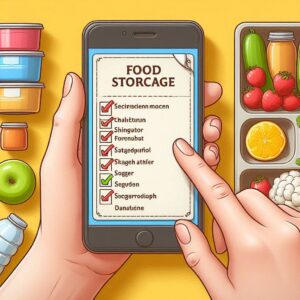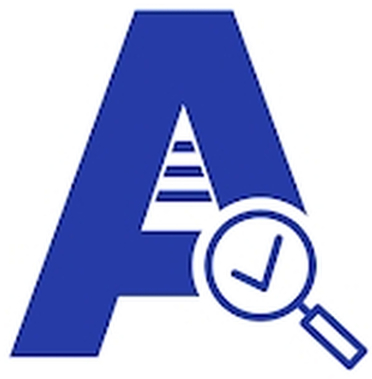Food Storage Checklist
Performing a food storage checklist inspection ensures proper storage practices and compliance with food safety standards.
General Storage Practices
- Organization:
- Store food items off the floor and away from walls.
- Use appropriate shelving and ensure items are organized systematically.
- Implement a FIFO (First In, First Out) system for inventory rotation.
- Labeling and Dating:
- Label all food items with the date of receipt and expiration.
- Use clear, legible labels that are easy to read.
- Cross-Contamination Prevention:
- Store raw and cooked foods separately.
- Use color-coded containers and designate specific storage areas for different types of food.
Refrigerated Storage
- Temperature Control:
- Ensure refrigerators are set at or below 41°F (5°C).
- Regularly monitor and log temperatures.
- Keep refrigerator doors closed tightly to maintain temperature.
- Storage Practices:
- Store raw meats on the bottom shelves to prevent dripping onto other foods.
- Keep ready-to-eat foods on higher shelves.
- Avoid overcrowding to ensure proper air circulation.
- Air Circulation:
- Do not overfill refrigerators to allow proper air circulation.
- Keep vents and fans unobstructed.
Frozen Storage
- Temperature Control:
- Ensure freezers are set at or below 0°F (-18°C).
- Regularly monitor and log temperatures.
- Keep freezer doors closed tightly to maintain temperature.
- Storage Practices:
- Ensure all items are properly wrapped or sealed to prevent freezer burn.
- Label and date items for easy identification.
- Air Circulation:
- Do not overfill freezers to allow proper air circulation.
- Keep vents and fans unobstructed.
Dry Storage
- Environmental Conditions:
- Keep the area cool, dry, and well-ventilated.
- Regularly monitor temperature and humidity levels.
- Storage Practices:
- Store dry goods in airtight containers.
- Keep food items off the floor and away from walls.
- Pest Control:
- Regularly inspect for signs of pests.
- Maintain a clean storage area and use pest control measures as needed.
Cleaning and Maintenance
- Regular Cleaning:
- Schedule regular cleaning tasks for all storage areas.
- Clean spills immediately to prevent contamination.
- Equipment Maintenance:
- Regularly inspect and maintain refrigeration and freezer units.
- Ensure all equipment is functioning correctly.
Documentation and Compliance
- Temperature Logs:
- Maintain accurate records of temperature checks for refrigerators and freezers.
- Document any corrective actions taken if temperatures are out of the safe range.
- Cleaning Logs:
- Keep detailed logs of all cleaning activities.
- Ensure all tasks are signed off upon completion.
- Inspection Records:
- Document regular internal inspections of storage areas.
- Address any issues found during inspections promptly.
- Training Records:
- Maintain records of employee training on food safety and storage practices.
- Ensure all staff are up-to-date with training requirements.

Preparation Tips
- Regular Audits:
- Conduct regular self-audits to identify and address potential issues before inspections.
- Use a checklist to ensure all aspects of food storage are covered.
- Stay Informed:
- Keep up-to-date with local health regulations and industry best practices.
- Implement changes as needed to ensure compliance.
- Continuous Training:
- Provide ongoing training for staff on proper food storage practices.
- Encourage staff to report any issues or concerns immediately.
- Effective Communication:
- Clearly communicate the importance of proper food storage to all staff.
- Maintain open lines of communication for reporting issues and receiving feedback.
Food Storage Checklist Using eAuditor Audits & Inspections


